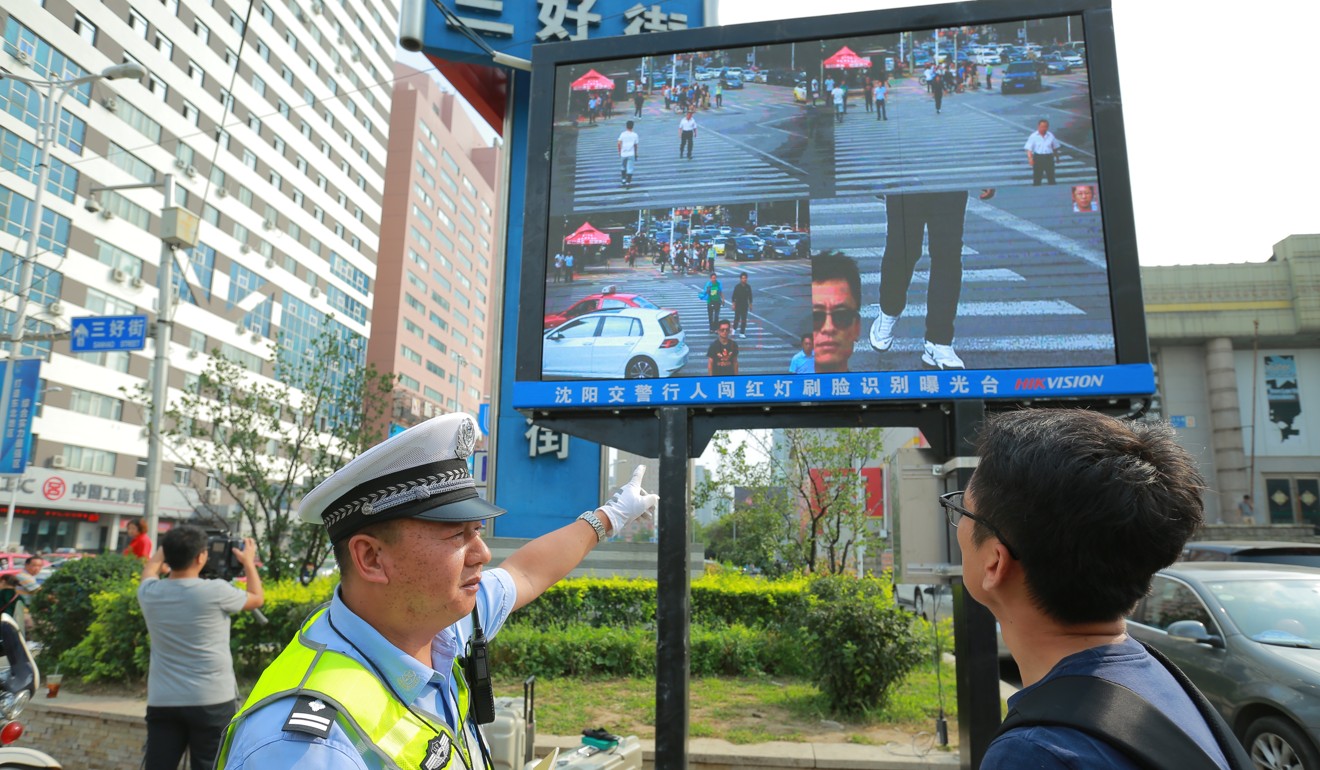
An interactive ecosystem needed to make use of the AI revolution
Inken Braunschmidt says signs of the AI revolution – in which computers rely on each other, not humans – are apparent, and it will take a collaborative and interactive culture of scientists and business leaders to take full advantage of this
Society has become increasingly digital and autonomously controlled by computers, and now we don’t even need to operate them. They can interact with each other and make autonomous decisions. If a car has sufficient processing power and energy, a digital payment system may be integrated. The car can then not only drive us autonomously, but can even pay the tolls.
The technology enabling this is based on blockchain. Such peer-to-peer decentralised technologies will be standard, enabling not only individual users to act directly with each other, but machines to act directly with each other.
Eight ways AI is going to change how you live, work and play in 2018
Tourism opens doors to AI and virtual reality
Lenovo spin-off joins Chinese hospitals to improve cancer survival rates with help of AI
US tech agency hit by shutdown shows why China is catching up
The same report finds China and the US will be neck and neck for dominance of the global market by 2025, with China accounting for 21 per cent of global internet of things connections, ahead of the US at 20, with similar proportions for cellular connections. However, the US will do better in terms of internet of things revenue (22 per cent vs 19).
Here’s why China may regret the Pyrrhic victory of winning the global artificial intelligence race

Venture capital could produce the next Jack Ma or Pony Ma in Southeast Asia, says MindWorks
As the economy continues to change, business leaders and chief information officers must meet this face on, sharing best practices and building an ecosystem that can accelerate learning, share digital business model transformations and identify emerging digital social media, platforms, partners, vendors and agencies. We must be innovative, interconnected and, increasingly, collaborative.
Dr Inken Braunschmidt is chief digital and innovation officer at Halma plc
